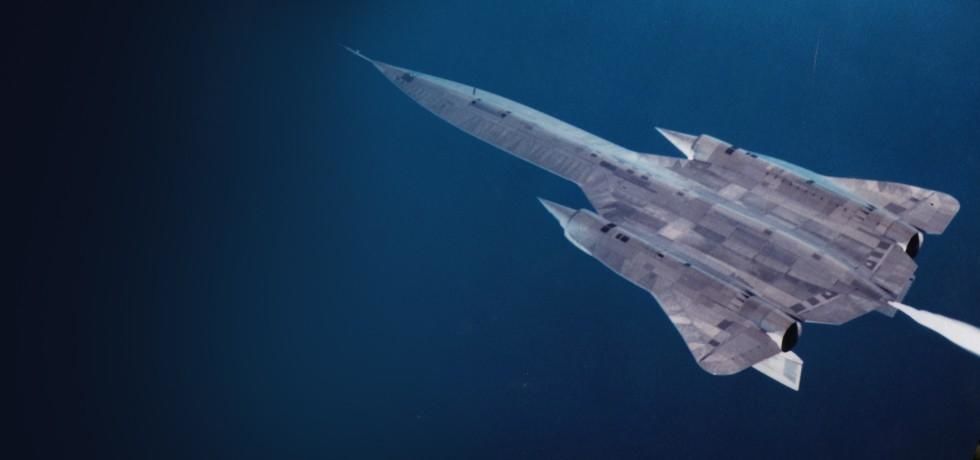


Little is known about this seafaring culture. Researchers have found cargo from one of these ancient ships, which plied the Mediterranean between 4,700 and 3,500 years ago, but not the actual vessel. (Learn more about human migration to Australia.)Īny ship from the Minoan civilization-which was centered on Crete (map)-would be an amazing find, says Shelley Wachsmann, a nautical archaeologist at Texas A&M University. "They didn't just sit on a log and paddle there," Delgado adds. Early peoples-including the Polynesians-managed to travel thousands of miles across open ocean, says NOAA's Delgado, transporting with them delicate foodstuffs like taro, which is very susceptible to salt spray.įinding one of their voyaging vessels would fill in the picture archaeologists have of how humans got to Australia tens of thousands of years ago, he says. The colonization of Oceania in the South Pacific is one of the great stories of human migration. Here are a few examples that float high on many an underwater archaeologist's wish list of potential discoveries. Oceans around the world are littered with the ghostly remains of wrecks. The improved detection techniques could enable researchers to find ever fainter traces of ancient shipwrecks buried in the seafloor, says NOAA's Delgado. But advances in submersible and sonar technology are now giving them hope. (Read more about the Roman boat in this month's National Geographic magazine.)Īrchaeologists are usually looking for ships in much worse shape. Divers discovered it poking out of a mound of mud and discarded amphorae in Arles, France. That's how a 102-foot-long (31-meter-long) barge from the Roman Empire survived mostly intact at the bottom of the Rhône River for almost 2,000 years. In order to survive, an ancient vessel must be protected: buried in sediment or under a pile of ceramic cargo jars called amphorae, for instance. Shipworms can break down exposed parts of a wooden wreck in as little as five years, Pulak says. The "worm" is really a mollusk that burrows into wood, turning timber into something resembling Swiss cheese. And submerged wood doesn't fare well in the ocean because of an animal called a shipworm. The main problem with finding ancient shipwrecks is that the vessels tend to be made mostly of wood, says Cemal Pulak, a nautical archaeologist at Texas A&M University in College Station. National Oceanic and Atmospheric Administration (NOAA). Underwater archaeologists keep looking, though, because finding one of these shipwrecks could yield a treasure trove of information-from how ancient peoples built their vessels to where they traveled and who their trading partners were.įiguring out those connections would allow researchers to better understand ancient economies, and to put the cultures into a more global context, says James Delgado, director of maritime heritage for the U.S. It's like looking for a wooden needle in a haystack after part of the needle has rotted away.

But trying to find a shipwreck from thousands of years ago is even harder. Finding modern ships lost at sea, even with the help of radar, sonar, and satellites, can be a herculean task.


 0 kommentar(er)
0 kommentar(er)
